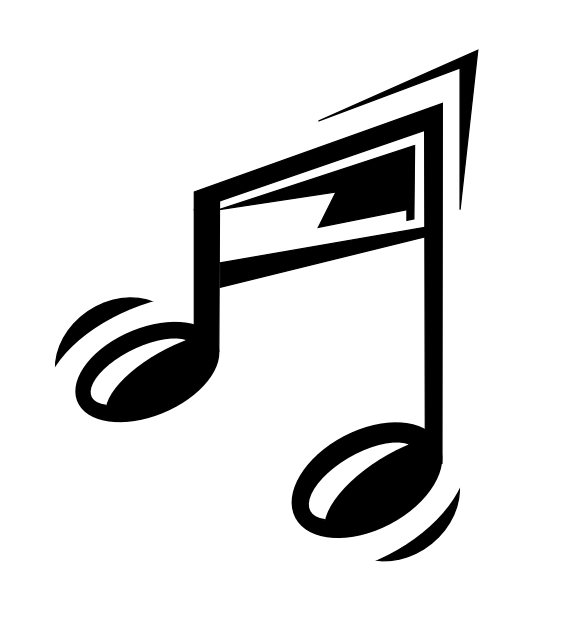


BALMORAL resident Julie Stenton and friend Kat Borghetti don’t do things by the book.
From the way they formed their band to the way they write their songs, they’d rather follow their instincts. And it’s worked a treat.
On Wednesday the two-woman band Ruby For Lucy will launch its first album Catching Bream, and they are already looking forward to writing new songs for the next one.
Stenton, 29, said: “Actually making music is the most exciting part (of the process). We like to have fun with it.”
The pair met three years ago through an online music website. Stenton had placed an ad looking for someone to write original music with; Borghetti answered.
Some email banter revealed they shared more than the desire to write music. They also both worked in advertising, were the same age, and (at the time) lived around the corner from each other in Glebe.
“And we realised we had opposite talents,” Borghetti added.
She said Stenton was a “wordsmith”, while Stenton described Borghetti as a “gun on the guitar”.
They said their songs tended to evolve organically, bit by bit.
“Usually I come up with a bit of a tune, and some lyrics,” Stenton said.
“Then Kat comes on board and makes it so much better.”
Borghetti said: “I try to make (the music) sound like the words. It’s almost like if the words are the question, the music is the answer.”
Although they describe their music as indie folk, the pair said it often had a pop feel.
“You just write what comes naturally and whatever it is, it is,” Borghetti said.
Whatever it is, it brought a pub full of screaming heavy metal rock fans to the floor during one surprising gig.
Borghetti said: “We started playing, and everyone just sat on the floor to listen.”
The girls said their unusual approach to music was part of what it meant for them.
“It’s an escape and there are no boundaries,” Borghetti said.
Catching Bream launches on Wednesday at 10pm at The Vanguard, Newtown.





